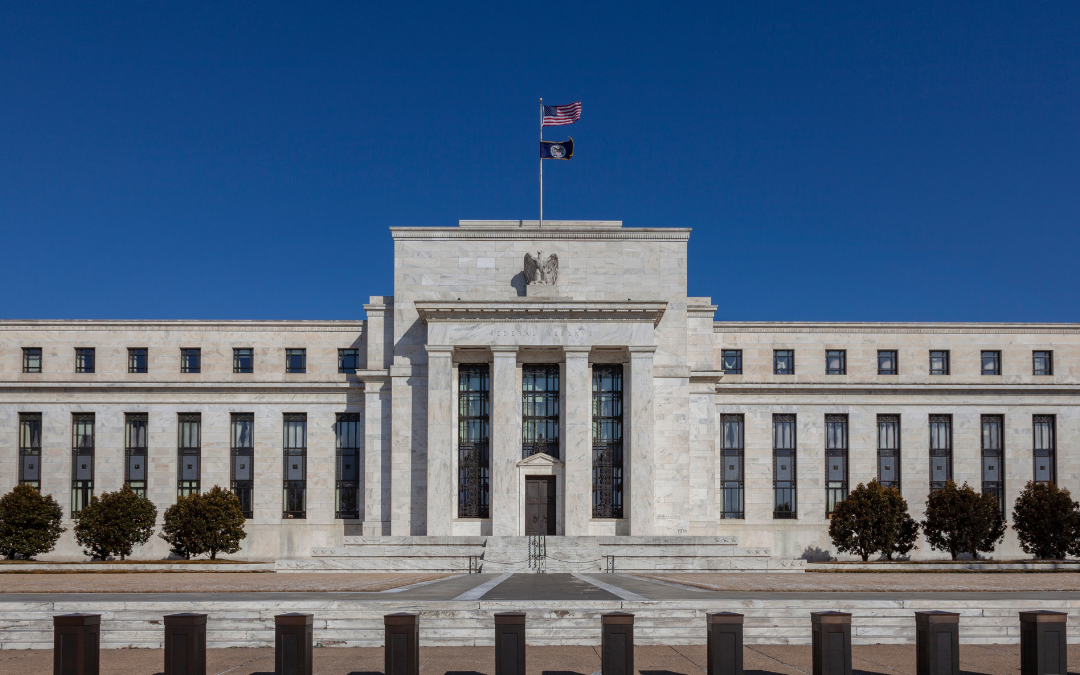Competition is critical to an economy’s vitality. It helps ensure that markets allocate resources efficiently, consumers have ample choice at the lowest possible prices, workers are fully rewarded for their efforts, capital is deployed productively, and innovation is encouraged. Absent competition, free markets lose much of their mojo – they cease, really, to be free.
Worryingly, that’s what some people fear has been happening. On this reckoning, the US economy is no longer a free-market paragon, as many of its markets—not just tech, ruled by the GAFAMs (Google, Apple, Facebook, Amazon, and Microsoft), but also airlines, health care, cell phone and internet service—are now dominated by firms sheltered from the harsh, invigorating winds of competition by increasingly impenetrable barriers to entry. Nestled comfortably behind protective walls that afford them considerable market power, these firms charge prices and reap returns above what competitive markets would sustain, at the expense of consumers, workers, and nascent competitors, in the process exacerbating inequality and stunting economic growth by dulling incentives to invest and innovative. As Thomas Philippon argues, the US has essentially “given up on free markets,” and the economy has suffered as a result.
Not everyone agrees. Although a number of US markets have become more concentrated, with a few top firms persistently garnering a high share of sales, that’s far from true in many markets, including those where foreign firms have made inroads. And where concentration has increased, it’s not necessarily indicative of waning competition. Yes, if it is the result of artificial barriers to entry, perhaps abetted by regulatory restrictions or predatory mergers that swallow up embryonic competitors and enable a few firms to extract outsized returns by sustaining prices well above marginal costs, then it’s a sign of diminished competition.
But if markets have become concentrated because of the dominance of “superstar firms” that are vastly more efficient than their rivals, better able to harness intangible assets, compete in a globalized arena, or thrive in markets where lower search costs make consumers hyper-sensitive to price, then their success may be broadly beneficial – so long as markets remain contestable enough that the efficiencies they generate get passed along to consumers.
So, we need to look beyond measures of market concentration to see if markets have become less competitive. One place to start is profits. Pre-tax corporate profits have been running between 12% and 14% of national income for much of the past 15 years or so (aside from a brief dip during the Great Recession), slightly above the historical range. Perhaps more tellingly, the fraction of those profits paid out as dividends or share buybacks, rather than reinvested in the business, has risen sharply, especially in industries that have become more concentrated.
In competitive markets, we’d expect these hefty profits to be whittled down by fresh rivals, and star firms to invest aggressively to maintain their positions. In fact, firms would invest as long as the present value of their anticipated future free cash flows (the market value of the firm) exceeded the replacement cost of their assets – and keep investing until that was no longer the case (i.e., until all of those opportunities had been exhausted).
But several studies estimate that the market value of many firms has been persisting above their assets’ replacement cost, primarily in industries that have become more concentrated, suggesting that profitable investments are being left on the table. That is inconsistent with the “superstar firms in competitive markets” story. It is more in keeping with a decline in competition making existing firms less inclined to take investment risk, and potential rivals being unable to seize these opportunities.
It’s possible, though, that official metrics are understating investment. An increasing share of investment is in intangible assets like intellectual property, which are harder to measure than traditional capital. Perhaps firms have recently been investing even more in intangibles than we measure, especially hyper-efficient firms adept at leveraging intangibles to dominate their markets. Rather than going unexploited, investment opportunities may just be taking different forms that are not fully captured. Some studies that have adopted broader definitions of intangibles have found stronger investment, albeit still a shortfall relative to competitive norms.
It’s a similar story with productivity. From the mid-1990s through the early 2000s, productivity growth was robust, especially in industries that were concentrating. For example, the emerging dominance of Wal-Mart lifted efficiency in retail, benefitting the overall economy. But since then, productivity growth has been generally sluggish, and no faster in concentrating sectors, suggesting that concentration is no longer being driven by the rise of super-efficient firms.
Here too, though, some claim mismeasurement, pointing to the proliferation of new technologies as evidence of improvements that are increasingly outstripping conventional productivity metrics. Others counter that today’s advances don’t add nearly as much as earlier breakthroughs, and even allowing for more generous measurement can’t come close to explaining the recent productivity shortfall.
What seems indisputable, though, is that business dynamism has declined. Fewer existing firms are folding, and the pace of new business formation has slowed sharply, even in thriving industries that ought to be enticing newcomers.
That’s especially troubling because young businesses are often engines of innovation, competing with older firms and pushing them to greater efficiency. Increased regulatory costs, including more onerous licensing and compliance requirements may be making it harder for new firms to get off the ground, while start-ups that do seem headed for success are increasingly being acquired by extant rivals keen on preserving their dominance. That’s part of a broader trend of increased mergers, enabled perhaps by greater regulatory forbearance. Although mergers can sometimes improve efficiencies, these benefits will not be passed along to consumers if demand is relatively inelastic and the merger neuters competition.
Unlike the US, Europe has not seen an increase in market concentration or profit shares. That could be because Europe has fewer superstar firms, but also because its markets haven’t suffered an erosion of competition. Tellingly, OECD data show prices of a comparable basket of items up about 17% more in the US than in the EU since 2000, while unit labor costs are up only 3% more, suggesting that price markups have widened in the US relative to Europe. That is a hint of diminished competitive pressures on this side of the Atlantic.
So what are the remedies?
If US markets have become less competitive, the consequences could be severe – stunted innovation, slower growth, reduced efficiency and greater inequality. Can anything be done?
Some argue for more government regulation, including tougher anti-trust, especially of the tech giants, not only to improve consumer and worker welfare, but also, in the case of social-media giants like Facebook and Twitter, to balance public safety and free speech. For example, much debate currently swirls around whether these firms should continue to be shielded from liability for the content their users post.
This is especially salient because these firms are so dominant. Some of the GAFAM’s dominance reflects economies of scale, network effects, and their superior skills. But some likely owes to anti-competitive behaviors, including “killer acquisitions” (e.g., Facebook buying Instagram, Google snapping up DoubleClick). Moreover, aside from Amazon, their employment and investment are much smaller and seemingly less vital to the overall economy than dominant firms of the past.
Still, big tech companies are undoubtedly cradles of innovation. Reining them in could sacrifice efficiency. It might also require regulators have preternatural powers, anticipating market trends to head off potentially anti-competitive mergers. That’s a tall order.
The EU has had some success investing regulatory power in supranational bodies, less vulnerable to political pressure and capture by national firms, but that isn’t an option in the US. And often the problem stems not from too little regulation but too much. Licensing, zoning, and compliance costs may unduly burden new and small firms. Paring back some of these regulations could spur business formation and competition. Perhaps experimental steps could be rolled out at the state and local level in the US, where some of the regulatory burden lies. For example, easing zoning restrictions could lower housing costs in high-productivity regions, making them more accessible to young people and new firms. And relaxing occupational licensing might encourage new small business. Yet a balance must be struck. Too much deregulation risks jeopardizing beneficial rules. Balancing costs and benefits to fashion effective reforms and implementing them against the opposition of entrenched interests eager to preserve their positions is no mean feat. And the stakes are very high. Preserving free market competition is vital.



